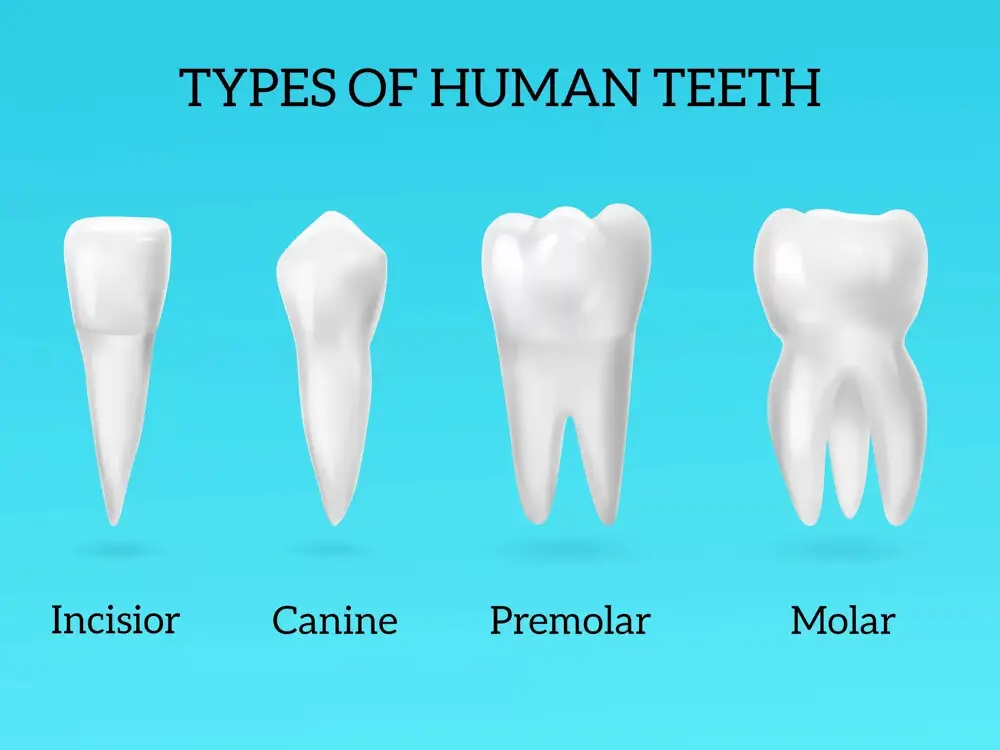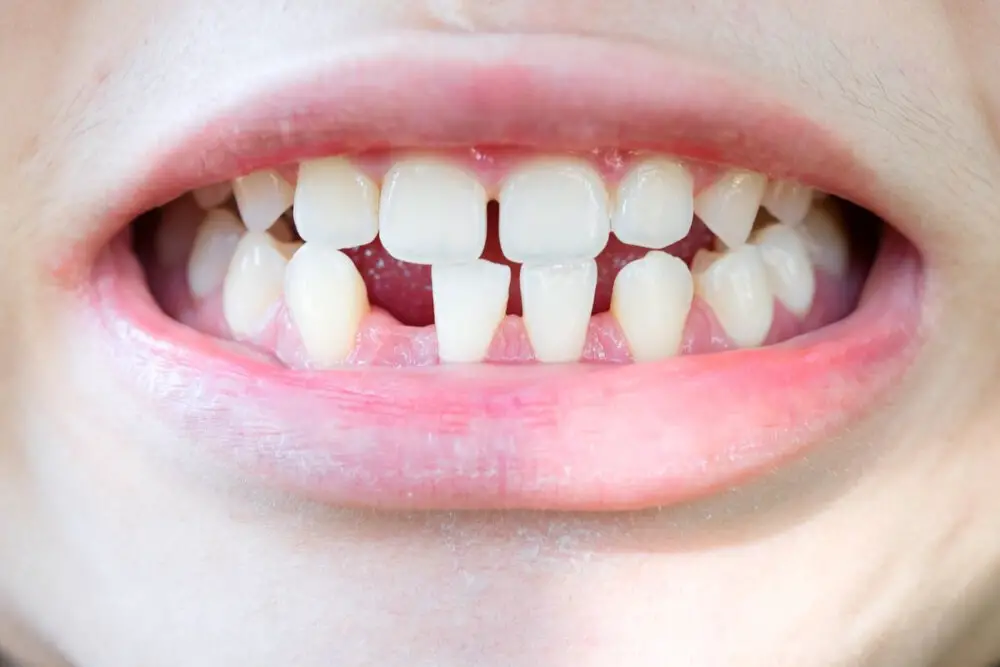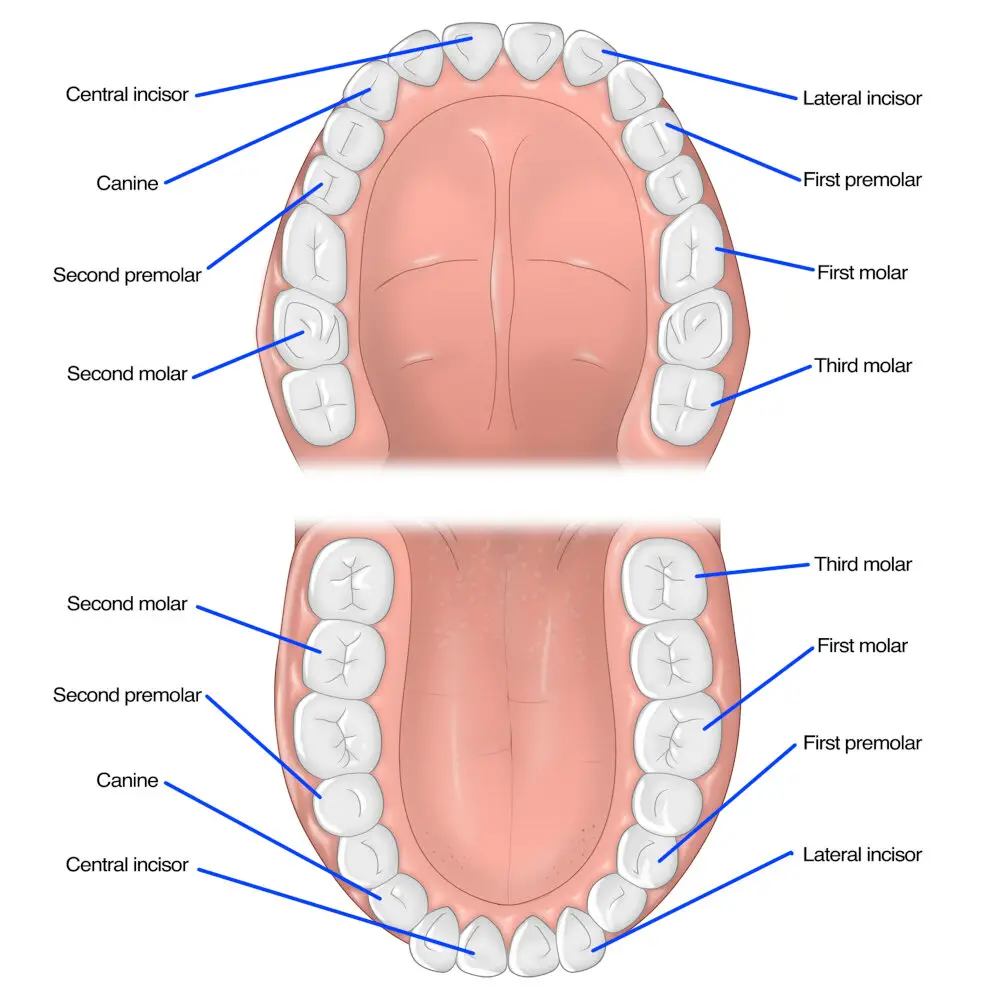Why Wisdom Teeth Removal Can Cause OneSided Swelling: Understanding the Causes and Treatment Options

Wisdom teeth, also known as third molars, are the last set of teeth that grow in the back of the mouth. They usually emerge between the ages of 17 and 25, but not everyone develops these teeth. Sometimes, wisdom teeth can cause problems when they try to erupt. One of the most common complications is swelling, particularly on one side of the face. This swelling can be distressing and painful, affecting a person’s quality of life. In this article, we will explore the causes of one-sided swelling due to wisdom teeth and the treatment options available. One-sided swelling due to wisdom teeth can occur when these teeth don’t have enough room to grow properly. As a result, they may become impacted or partially impacted, which means they are stuck under the gum line. This can lead to inflammation, infection, and pain. When the wisdom tooth is in the lower jaw, it can cause swelling on one side of the face, particularly in the cheek and jaw area. The swelling can be accompanied by redness, tenderness, and difficulty opening the mouth. Left untreated, this condition can lead to more severe complications such as abscess formation, damage to nearby teeth, and nerve damage. Therefore, it is crucial to seek medical attention if you experience one-sided swelling due to wisdom teeth.
Wisdom teeth, also known as third molars, are the last teeth to emerge in the mouth, usually between the ages of 17 and 25. They can cause problems when they don’t have enough room to come in properly or grow at an angle, pushing against other teeth. This can lead to pain, infection, and swelling. In such cases, a dentist or oral surgeon may recommend wisdom teeth removal. The procedure involves making an incision in the gum tissue to access the tooth, removing any bone blocking the tooth, and then extracting the tooth. While the recovery time varies, swelling is a common side effect and can be managed with ice packs, pain medication, and rest.
One-sided swelling is a potential complication that can occur after wisdom teeth removal. This condition is characterized by swelling on only one side of the face, which can be alarming and uncomfortable for patients. The swelling is often caused by an accumulation of blood or fluid in the surgical site, which can lead to pressure and inflammation. In some cases, one-sided swelling may also be caused by an infection or injury to the nerves in the area. Treatment options for this condition may include pain management, antibiotics, and drainage of any fluid or blood that has accumulated in the surgical site. It is important for patients to seek medical attention if they experience one-sided swelling after wisdom teeth removal, as prompt treatment can help prevent complications and promote healing.
Anatomy of Wisdom Teeth

Wisdom teeth, also known as third molars, are the last set of teeth to emerge in the back of the mouth. They typically develop in early adulthood, between the ages of 17 and 25. While some people have enough space in their jaw to accommodate these teeth without any issues, others may experience complications such as crowding, impaction or infection. In such cases, wisdom teeth may need to be removed by a dental professional. The anatomy of wisdom teeth is similar to that of other molars, but they are often larger and more difficult to reach. Each tooth consists of a crown, which is the visible part of the tooth above the gum line, and one or more roots that extend into the jawbone. The roots of wisdom teeth can be particularly long and curved, which can make them harder to remove. Additionally, wisdom teeth often have multiple roots that may be fused together, increasing the complexity of the extraction procedure. Understanding the anatomy of wisdom teeth is important for dental professionals to determine the best course of treatment for patients experiencing complications.
Wisdom teeth, also known as third molars, are the last set of teeth to erupt in the mouth, typically between the ages of 17 and 25. They are located at the back of the mouth, behind the second molars, and there are usually four of them – two on the upper jaw and two on the lower jaw. Wisdom teeth can cause problems when they do not have enough room to emerge properly or are misaligned. In such cases, they may become impacted, which means they are trapped beneath the gum line and cannot fully emerge. This can lead to a variety of issues, such as pain, infection, and swelling. In severe cases, wisdom teeth may need to be removed to prevent further complications.
Wisdom teeth, also known as third molars, can cause potential issues when they emerge or grow improperly. One of the most common issues is impaction, which occurs when the tooth is unable to fully emerge due to lack of space at the back of the mouth. Impacted wisdom teeth can cause pain, swelling, infection, and even damage to adjacent teeth or nerves. Other potential issues with wisdom teeth include decay, gum disease, and cysts or tumors. In some cases, wisdom teeth may need to be removed to prevent or address these problems. It is important to consult with a dental professional to determine the best course of treatment for your individual needs.
Causes of OneSided Swelling

One-sided swelling can be caused by many factors, including wisdom teeth removal. Wisdom teeth, also known as third molars, are the last set of teeth to emerge in the back of the mouth. They usually develop during the late teenage years or early twenties. Wisdom teeth can cause problems when they do not have enough space to grow properly, leading to pain, infection, and even damage to surrounding teeth. As a result, many people opt to have their wisdom teeth removed. However, the removal procedure can cause one-sided swelling as a complication. The swelling can occur due to several reasons, such as trauma to the tissues, infection, or the accumulation of blood or fluid in the area. One-sided swelling after wisdom teeth removal can be uncomfortable and even painful. It can also affect the appearance of the face, causing asymmetry. In some cases, the swelling can be severe enough to interfere with breathing and swallowing. However, it is a common side effect of the procedure and usually resolves within a few days to a week. Patients can manage the swelling by applying ice packs, taking pain relievers, and following the aftercare instructions provided by their dentist or oral surgeon. It is also essential to avoid smoking, drinking through a straw, and eating hard or crunchy foods during the recovery period to minimize the risk of complications. If the swelling persists for an extended period or is accompanied by other symptoms, such as fever or difficulty breathing, patients should seek medical attention promptly.
Swelling after wisdom teeth removal is a common side effect of the procedure. The most common cause of swelling is the body’s natural response to the trauma of the surgery. The body sends more blood to the area to promote healing, which can cause the surrounding tissue to become inflamed and swollen. In addition, the removal of wisdom teeth can cause damage to nearby tissues, including the gums and jawbone, which can also contribute to swelling. Poor oral hygiene following the procedure can also increase the risk of infection, which can lead to swelling. To reduce swelling, dentists may recommend the use of ice packs, anti-inflammatory medications, and rest.
One-sided swelling can be an alarming sign of various underlying causes, including nerve damage and infection. Nerve damage can occur during the wisdom teeth removal procedure, leading to loss of sensation and control in the facial muscles. Infection can also cause one-sided swelling, often accompanied by pain, fever, and redness. In such cases, prompt medical attention is necessary to prevent the spread of the infection and reduce the risk of complications. Other possible causes of one-sided swelling include trauma, allergies, and autoimmune disorders. A comprehensive evaluation by a qualified healthcare professional is essential to determine the cause of the swelling and develop an appropriate treatment plan.
Treatment Options

When it comes to treating one-sided swelling caused by wisdom teeth removal, there are several options available depending on the severity of the swelling and the patient’s overall health. The first and most common treatment option is the use of ice packs or cold compresses to help reduce inflammation and swelling. Applying ice to the affected area for 10-15 minutes at a time, several times a day, can help reduce pain and swelling, and promote faster healing. Over-the-counter pain relievers such as ibuprofen or acetaminophen can also be used to manage pain and discomfort. For more severe cases of one-sided swelling, prescription medications such as antibiotics or steroids may be necessary. Antibiotics are typically prescribed to treat any infection that may be present, while steroids can help reduce inflammation and swelling. In some cases, a drainage procedure may be necessary to remove any accumulated pus or fluid in the affected area. This is usually done in a dental office under local anesthesia. It’s important to follow all of your dentist’s or oral surgeon’s instructions for post-operative care to ensure a smooth and successful recovery.
Swelling after wisdom teeth removal is a common occurrence and can be uncomfortable for patients. There are several treatment options available to alleviate the swelling, including using ice packs, taking anti-inflammatory medication, and rinsing with saltwater. Applying ice packs to the affected area can help reduce swelling and pain. Anti-inflammatory medication such as ibuprofen can also be taken to alleviate swelling and reduce pain. Rinsing with saltwater can help keep the area clean and reduce the risk of infection. In severe cases, a dentist may prescribe antibiotics or recommend a corticosteroid to reduce inflammation. It is important for patients to follow their dentist’s instructions carefully and to contact their dentist if they experience any complications.
When it comes to treating one-sided swelling caused by wisdom teeth removal, there are several options available. Antibiotics are often prescribed if there is an infection present, as they can help to clear up the infection and reduce inflammation. Corticosteroids are another treatment option that can be used to reduce inflammation and pain. These medications work by suppressing the immune system’s response to the inflammation, which can help to reduce swelling and discomfort. In some cases, over-the-counter pain relievers such as ibuprofen or acetaminophen may be sufficient to manage the swelling and discomfort. However, it is important to consult with a healthcare professional to determine the best treatment plan for your specific situation.
Prevention and Recovery

Prevention and recovery are essential aspects of any medical procedure, including wisdom teeth removal. To prevent one-sided swelling, it is important to find a skilled oral surgeon who can perform the procedure correctly. A qualified surgeon will ensure that the extraction is done in a way that minimizes injury to the surrounding tissues and nerves. Additionally, patients can take steps to help prevent swelling after the procedure, such as applying ice packs to the affected area and taking prescribed pain medication as directed. Recovery after wisdom teeth removal can vary depending on the individual’s overall health and the extent of the procedure. It is important to follow the surgeon’s instructions carefully to ensure a successful recovery. This may include avoiding certain foods and drinks, practicing good oral hygiene, and taking any prescribed medications. Patients should also be aware of potential complications, such as infection or excessive bleeding, and seek medical attention if necessary. By taking steps to prevent one-sided swelling and following proper recovery procedures, patients can minimize discomfort and ensure a smooth healing process after wisdom teeth removal.
To prevent one-sided swelling after wisdom teeth removal, there are several steps that can be taken. Patients should avoid smoking, as it can interfere with the healing process and increase the risk of infection. Additionally, they should avoid using straws or engaging in activities that create suction in the mouth, as this can dislodge the blood clot and delay healing. Patients should also elevate their head while sleeping and use ice packs on the affected area for the first 48 hours to reduce swelling. Following the surgeon’s post-operative instructions, including taking prescribed medications and attending follow-up appointments, can also help prevent one-sided swelling and ensure a smooth recovery.
The recovery time after wisdom teeth removal can vary depending on several factors, such as the individual’s age, overall health, and the complexity of the extraction. Typically, the initial healing process takes about one to two weeks, during which the patient may experience some swelling, pain, and discomfort. The first few days after the surgery are usually the most uncomfortable, with swelling and bruising being common. However, the swelling should gradually subside over the next few days, and the pain can be managed with pain medication prescribed by the dentist or oral surgeon. It is essential to follow the post-operative instructions carefully to ensure proper healing and avoid any complications. In most cases, the complete healing process may take up to six weeks, during which the patient should avoid smoking, drinking through a straw, and eating hard or crunchy foods that could irritate the surgical site.
One-sided swelling after wisdom teeth removal is a common occurrence that can be caused by a variety of factors. The most common cause of one-sided swelling is the presence of an infection, which can be treated with antibiotics. Other causes may include trauma to the area or an allergic reaction to medication. Treatment options for one-sided swelling include applying ice to the affected area, taking pain medication, and using warm salt water rinses to reduce inflammation. In some cases, surgical intervention may be necessary to address the underlying cause of the swelling. It is important to seek prompt medical attention if you experience any swelling or discomfort after wisdom teeth removal to ensure proper diagnosis and treatment.
It is crucial to emphasize the significance of monitoring and addressing any potential complications that may arise after wisdom teeth removal with a dental professional. One-sided swelling is a common complication that may occur, and it can indicate a more severe issue that needs immediate medical attention. Ignoring such symptoms can lead to infection, nerve damage, or even permanent facial disfigurement. Therefore, it is imperative to seek professional help at the earliest signs of swelling or discomfort, as dental professionals can provide the necessary treatment options to alleviate the symptoms and prevent any further complications.
Conclusion

In conclusion, understanding the causes and treatment options for one-sided swelling after wisdom teeth removal is crucial for individuals who undergo this procedure. While some swelling is expected, excessive swelling on one side may indicate complications such as infection, dry socket, or nerve damage. Timely consultation with a dental professional can help identify the root cause of the swelling and appropriate treatment options, which may include antibiotics, anti-inflammatory medication, or further surgical intervention. It is important to follow post-operative instructions carefully and to attend all follow-up appointments to ensure proper healing and prevent further complications. With proper care and attention, patients can recover successfully from wisdom teeth removal and minimize the risk of one-sided swelling or other complications.







